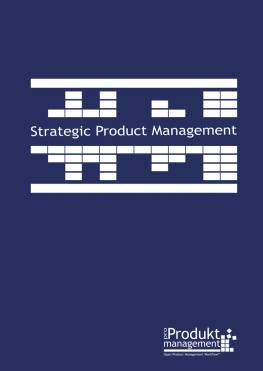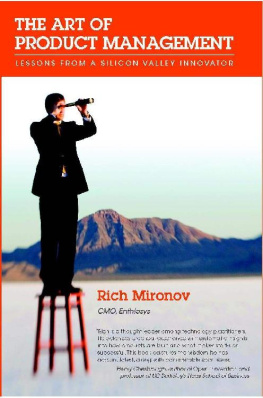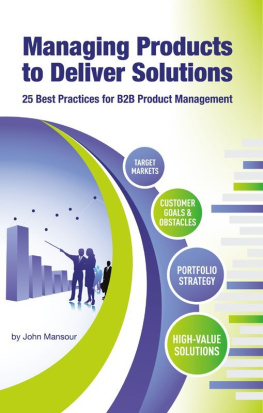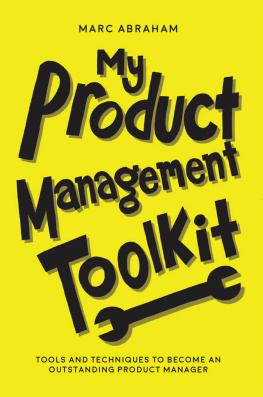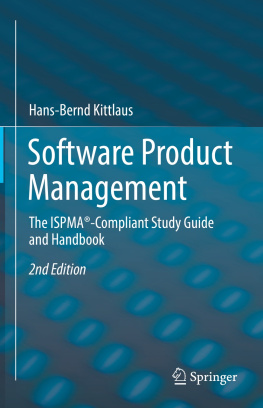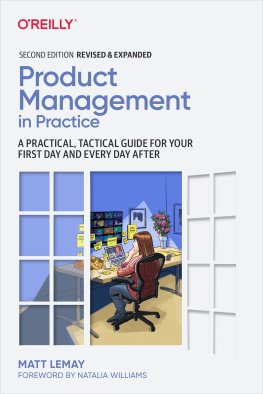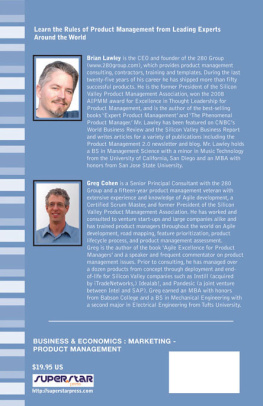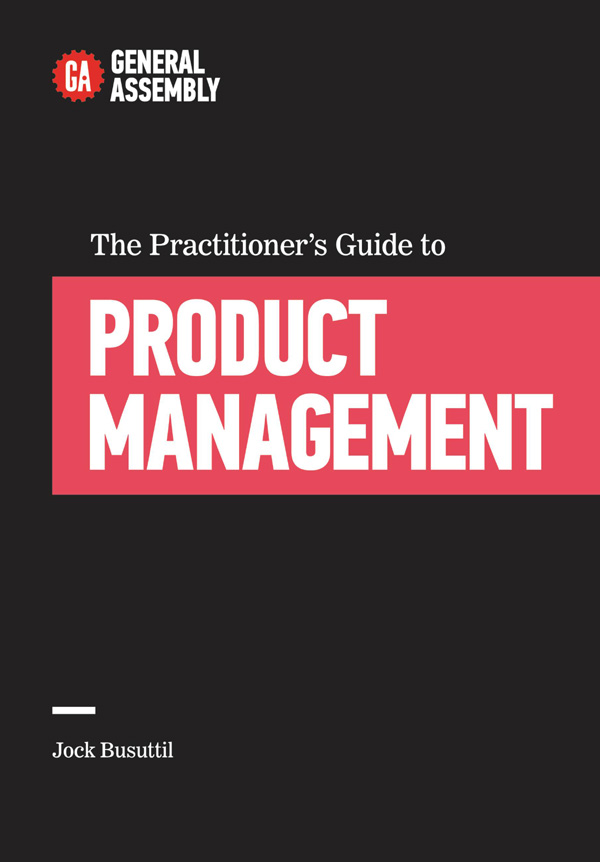Product management is arguably the most sought after position in tech. Every week I meet recent college graduates who want to know how to get into the field. What used to be viewed as something of a workhorse positionthe business person on a software teamhas blossomed into a highly prized role consisting of an alchemy of art and science. Expert PMs are true rock stars in their companies, blending a wide range of skills in pursuit of product perfection. When done well, product management is a great and inspiring thing to beholda product team all marching in the same direction, toward building an experience or feature that serves the customer even better.
But what makes a good product manager? Thats one of the great mysteries any organization seeking to truly delight customers must solve. Those who learn the essential skills can play an exciting and vital role in a companys success, whether in a small startup or a large, established firm. But what are those skills? And how do people get into product management?
Many hard skills are involved: communication, project management, analytics, and technical understanding. But a whole host of intangibles are also key: a certain kind of magic that comes primarily from experience. This book shares not only the hard skills but also some of the magic as well, and it is full of stories of the good, the bad, and the ugly of product development and launches. For example:
Why did the Segway fail to change the world? Why did those who love Fritos want nothing to do with Frito Lay Lemonade? How did Apple, the company that has honed product launches to a science, go off script in launching Apple Maps? This book reveals the ways in which product managers come to understand the market, and how they can keep teams working in harmony.
Our vision at General Assembly is to build a global community of individuals empowered to pursue work they love by offering a wide range of courses that share the practical insights that make the difference in a successful tech career. Since 2010, we have grown from one small space in New York City to nine campuses on four different continents offering courses ranging from twelve-week intensives to two-day introductions and two-hour workshops. Our community has grown to hundreds of thousands of students and practitioners, and, through this book, our community now includes you. As with the other books in the General Assembly series, weve sought to bring to you the essential, hands-on wisdom that is the hallmark of our courses. Our goal is to equip you with the perspective you need to become a product rock star, whether youre a beginner or an experienced product manager looking for ways to improve.
By reading this book, you are taking a vital and important step in pursuing a career you love, and we hope it will be a great help to you on that journey.
Jake Schwartz
CEO, General Assembly
When inventor Ross F. Housholder filed his patent We have the privilege and good fortune to be living in a golden age of information and technology in which we can access the collective knowledge of the human race instantly, carry supercomputers in our pockets, and see todays greatest innovations become old news overnight. Through technology we have the means to enrich our work and leisure time in ways people even just a few years ago could only have dreamed about. It is easier, cheaper, and quicker than ever to create technology products in both software and hardware, and the pace of innovation is still accelerating. Standing in the eye of this maelstrom are product managers.
Product managers are there to marshal the chaos, to calmly remind everyone caught up in the technological gold rush that all this headlong product innovation cant exist just for its own sake; it has to have a purpose: to enrich the lives of the people who use the technology. Product management is one of those professions people tend to end up in more by luck than by design and then discover its right for them. The role has never been more necessary or in demand for both technology startups and more established companies, and this is an exciting time to be a product manager.
This book is about the art, science, and skill of product management. The world doesnt need yet another textbook introducing a methodology or framework on the subject, so I havent written one. In fact, much of what youll read in the chapters that follow will provide you with helpful examples of what not to do. I will give you the inside track on avoiding all the product management pitfalls Ive stumbled into over the years.
Ive collected some of the most intriguing stories I could find to illustrate to you what product management is really all about, and to tell you from my own personal experience not only how to be successful at it, but how to enjoy it. Ill tell you how the role came into being, how its continuing to evolve, and why its such good news that theres no prescribed route to becoming a product manager. While Im at it, Ill show you how to determine value with a half-empty bottle of water and how Maslow made me a safer motorcyclist.
This book is also about products, so well delve into examples of the good, the bad, and the ill-advised to learn why they succeeded or failed. Navigating the fine line between product success and product failure is one of the trickiest parts of the job, and Ill introduce the product managers set of navigational tools, including the nine most effective ways you can increase your products chances of success. Well look at how a Japanese professor devised a way to predict customer delight, the story of the hundred-million-dollar assumption, how a riddle from ancient Greece can bring your product greater success, and how woodworkers and the Large Hadron Collider at CERN can help you determine your target market. Ill uncover how focus groups nearly caused the Reebok Pump to be stillborn and how difficult it can be to avoid testing bias in Rwanda. Ill also clear away some common misunderstandings about Lean Startup theory and show you how Apple and Google create their minimum viable products (MVPs) the right way.


